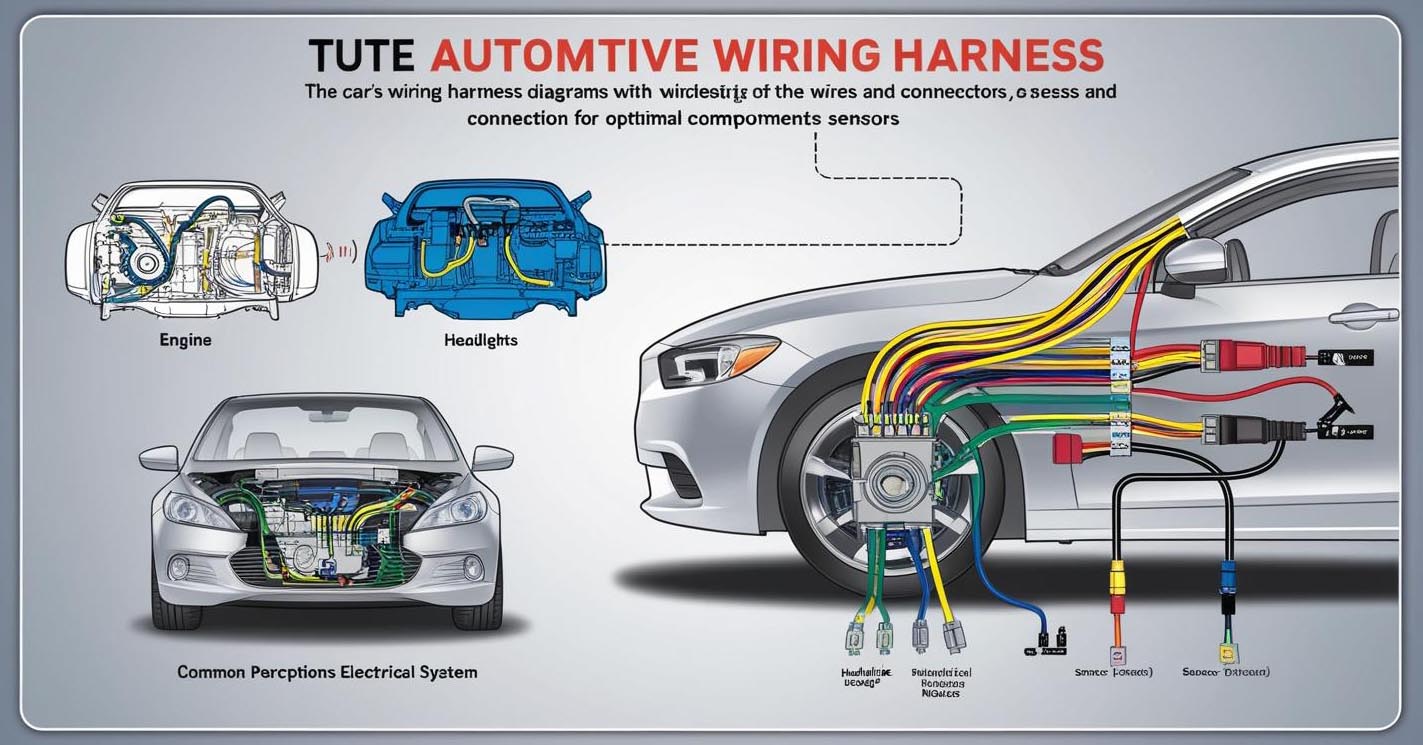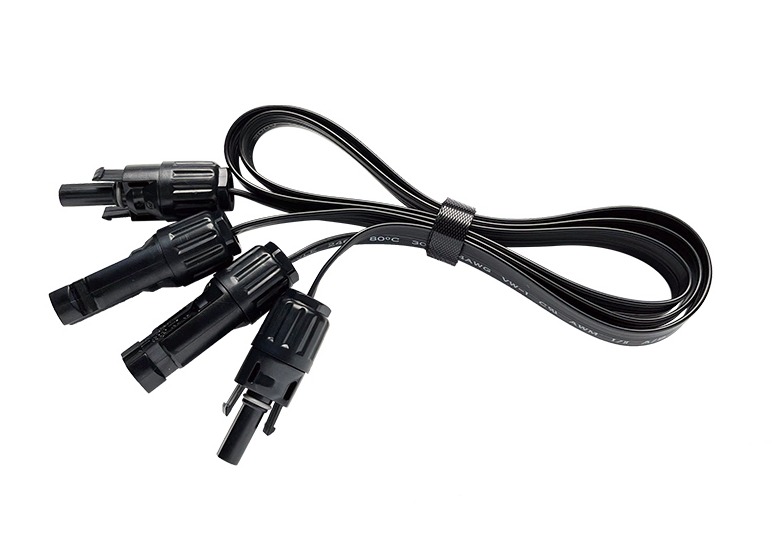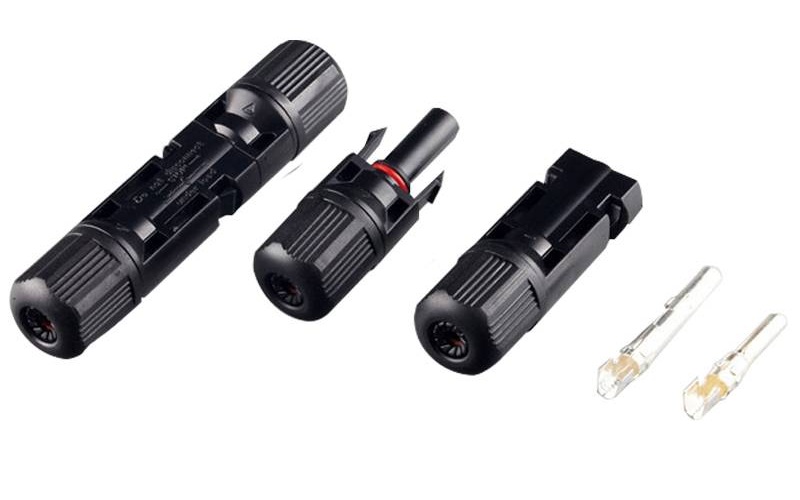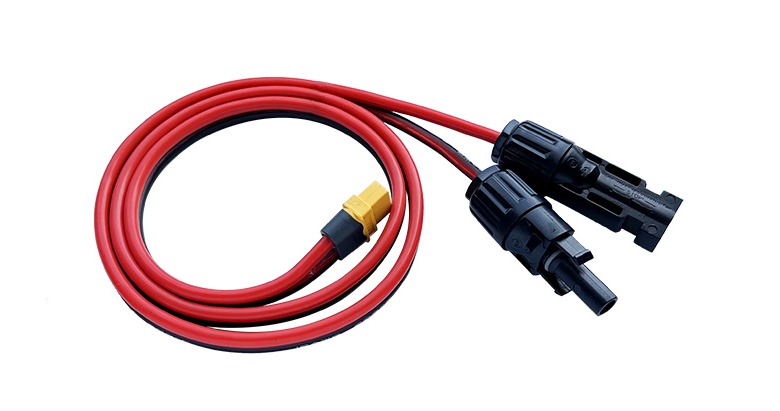When setting up a solar panel system, whether it's for a small off-grid setup or a large residential installation, the connectors and cables are just as crucial as the panels themselves. Choosing the wrong components can lead to energy loss, system inefficiency, and even safety hazards. Let's break down how to select the right Solar Panel Connectors And Cables to ensure your system operates at peak performance.
Understanding the Basics
Solar panels generate DC (Direct Current) electricity. This electricity needs to be safely and efficiently transferred from the panels to the inverter (which converts it to AC for household use) or to a battery for storage. This is where connectors and cables come in. They act as the pathways for this energy.
Key Considerations for Connectors
- Type: The most common type of connector for solar panels is the MC4 connector. These are standardized, single-contact connectors designed for outdoor use and are known for their secure, waterproof connection. However, other types exist, so ensure compatibility between your panels and the rest of your system.
- Amperage Rating: Connectors have an amperage (amp) rating, indicating the maximum current they can safely handle. For most residential and small-scale systems, a 30A Solar Panel Connectors Cable is often sufficient. However, for larger systems or panels with higher output, you might need connectors with a higher rating. Always check the specifications of your panels and choose connectors that meet or exceed their maximum current.
- Voltage Rating: Similar to amperage, connectors also have a voltage rating. Ensure the connectors you choose are rated for the maximum voltage of your solar panel system.
- Waterproof Rating: Since solar panels are exposed to the elements, Waterproof Solar Panel Connectors are essential. Look for connectors with a high IP (Ingress Protection) rating, such as IP67 or IP68, which indicates strong resistance to dust and water immersion.
- Quality: Don't skimp on quality. Cheap connectors can corrode, loosen, and cause voltage drops, leading to energy loss and potential fire hazards. Choose reputable brands known for their durability and reliability.
Selecting the Right Cables
- Gauge (Thickness): Cable thickness is measured in gauge (AWG - American Wire Gauge). A lower AWG number indicates a thicker wire. Thicker wires can carry more current over longer distances with less voltage drop. For solar panel systems, 10 AWG or 12 AWG cables are commonly used. The specific gauge you need depends on the current and the distance between the panels and the inverter or battery.
- Material: Solar cables are typically made of copper, which is an excellent conductor. The insulation is usually cross-linked polyethylene (XLPE) or similar materials, which are resistant to UV radiation, heat, and moisture.
- Voltage Rating: Like connectors, cables also have a voltage rating. Ensure the cables you choose are rated for the maximum voltage of your solar panel system.
- UV Resistance: Solar cables are constantly exposed to sunlight, so UV resistance is crucial. Look for cables specifically designed for solar applications, as they will have UV-resistant insulation.
Customization and Special Needs
Sometimes, standard connectors and cables might not perfectly fit your needs. This is where Custom Photovoltaic Charging Wire With Connector options come in handy. You might need custom lengths, specific connector types, or specialized wiring configurations. Many companies, like Shenzhen Smart Connection Technology Co., Ltd., offer custom wiring harness solutions to meet these unique requirements.
Installation Best Practices
- Proper Crimping: Ensure connectors are properly crimped onto the cables using a specialized crimping tool. A loose or poorly crimped connection can cause resistance, heat buildup, and even fire.
- Secure Connections: Make sure all connections are tight and secure.
- Weatherproofing: Even with waterproof connectors, it's a good practice to protect connections from direct exposure to rain and snow.
- Regular Inspection: Periodically inspect your connectors and cables for any signs of damage, corrosion, or loosening.
By carefully considering these factors and choosing high-quality Solar Panel Connectors And Cables, you can ensure your solar panel system operates safely, efficiently, and reliably for years to come. Remember to consult with a qualified electrician or solar installer if you have any doubts or questions.



